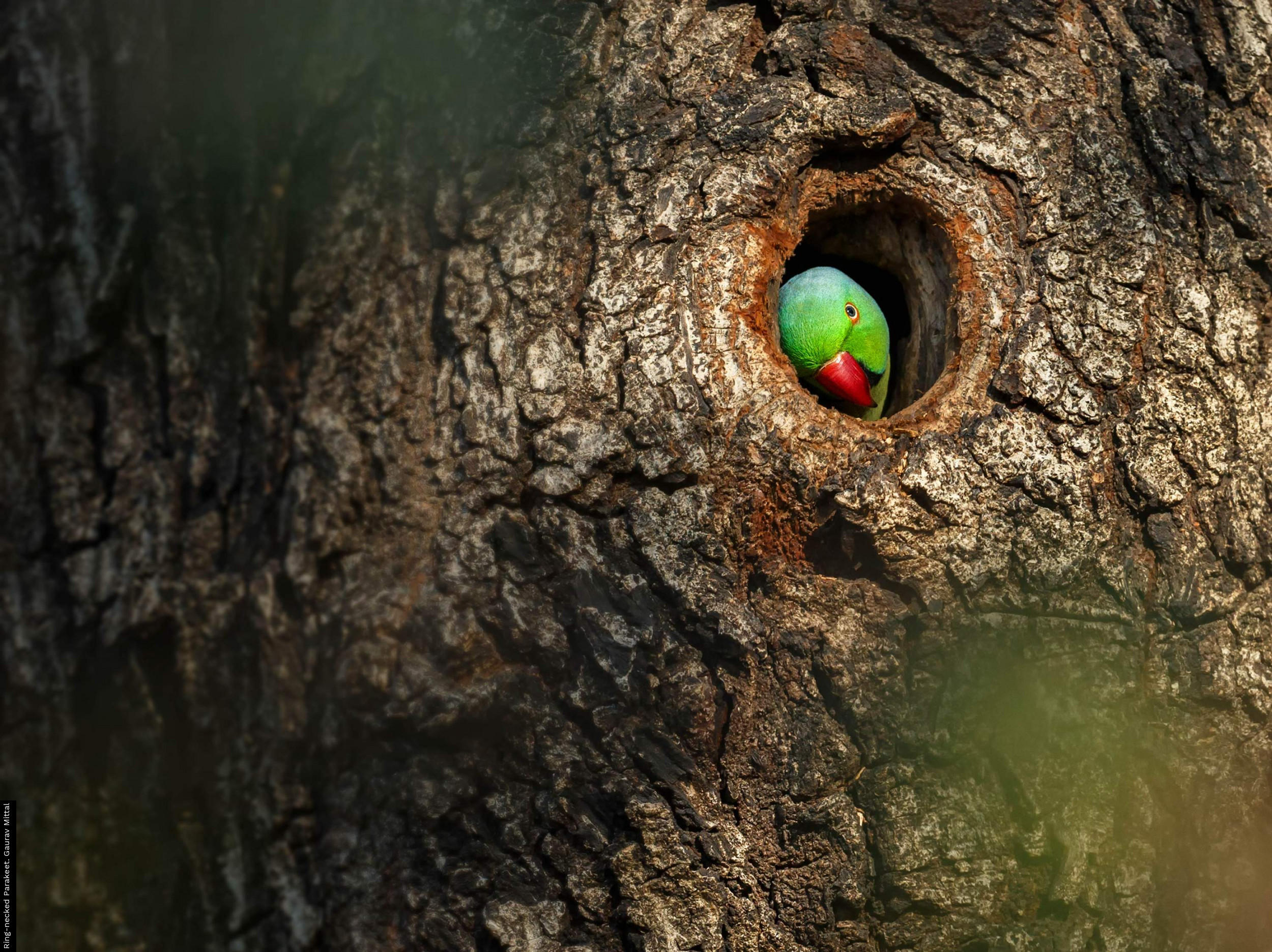
Publisher: Swift Press, London
Publication Year: 2023
Binding: Hardback
Page Count: 264
ISBN Number: 9781800752924
Price: £ 14.99
Flight Paths: How the Mystery of Bird Migration Was Solved
This fascinating book opens with a question: where do the birds go? People have, of course, been asking this question for centuries, and over time our knowledge has increased enormously and, indeed, is still increasing – from BTO’s own work revealing new migration routes of Cuckoos to the recent revelation that Scottish Red-necked Phalaropes winter off the Pacific coast of South America. The book does not answer this question directly but delves into the question of how we know where birds go.
Early on, the author notes that there is no single best way to work out where birds go. Rather there is a toolbox of techniques each with its own strengths and the book provides a great introduction to these, starting with ‘bird banding’ (the book is written almost entirely from a western hemisphere perspective). From there it moves on to ‘noc-migging’ (which has an unexpectedly long and venerable history) and the study of ‘angels’ – and if you don’t know what they are, this book is for you. Next up is a brief history of radio-tracking, starting with the extraordinary tale of how a Wood Thrush was tracked on its migration (and, yes, that was a single thrush tracked for nearly 1,000 miles over seven days across America), before describing more recent technologies, such as geolocators and satellite tags. The book finishes with chapters on the role of ‘community science’ projects, such as BirdTrack, and which ask how all this has helped bird conservation efforts.
A brief consideration of the ethics of migration studies, primarily the potential impacts of tags on the individuals who wear them, is welcome but a point made right at the end of the book particularly struck me. As is rightly becoming more common, the author acknowledges she lives on stolen land and I did pause to wonder what indigenous knowledge of bird migration have we lost over the centuries? Science may give us the details, but cultural associations and meanings are equally important. The book is a great read, and hearing about some of the challenges people faced when pioneering some of these techniques certainly adds an extra level of appreciation to the already wondrous stories about bird’s migratory feats. Indeed, I could easily have read more – at just over 200 pages (plus a good selection of footnotes) the book is quite short, although if that encourages more people to pick it up, so much the better.
Book reviewed by Rob Robinson
buy this book





Share this page